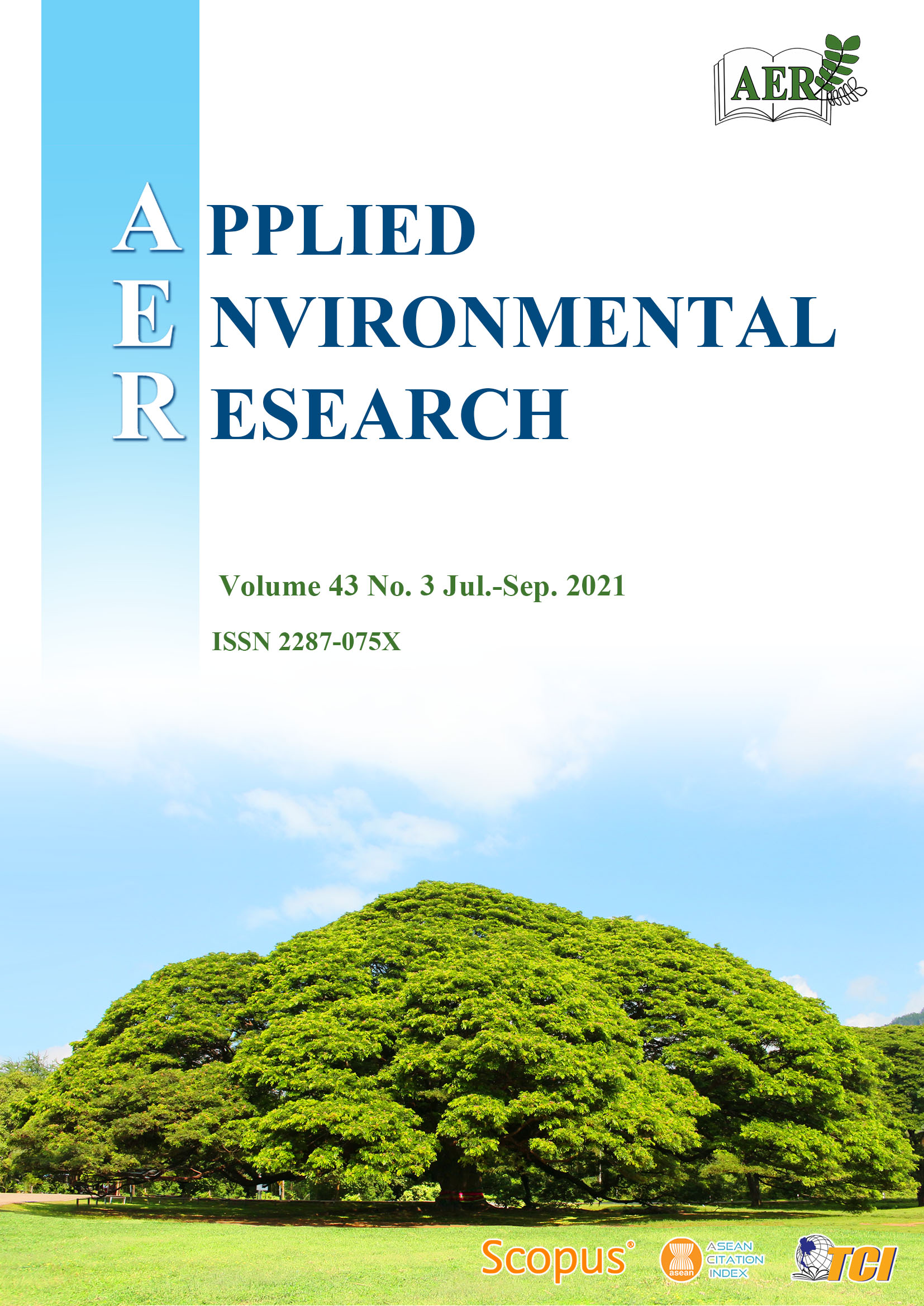Spatial-temporal Patterns of MODIS Active Fire/Hotspots in Chiang Rai, Upper Northern Thailand and the Greater Mekong Subregion Countries During 2003-2015
Main Article Content
Abstract
For the past decade, smoke-haze pollution from forest fires and open burning has been a yearly recurring problem over Chiang Rai and other provinces in Upper Northern Thailand, along with other countries in the Greater Mekong Sub-region. Remote-sensing active fire/ hotspot data are currently used for monitoring the forest fires and open burning in the sub-region. This study aimed to extend the current monitoring work by performing spatial and temporal analysis to examine the patterns, either globally or locally, of MODIS active fires/hotspots during the critical smoke-haze pollution periods from January to April in 2003-2015. Fire radiative power was used as a weight attribute for each active fire/hotspot. Administrative unit maps were used for aggregating data and creating spatial weight matrices. Results indicated that for all the years over the investigated period and based on detected locations, active fires/hotspots were overall clustered spatially across provincial, interprovincial, and international scales. Their density patterns were locally variable for each year, but the high concentrated zones, in terms of both fire counts and fire radiative powers, were consistently bounded in the hilly and mountainous areas, confirming that the forest fires and open burning problem keeps recurring in certain areas. When aggregated by administrative unit, the administrative boundaries with high active fires/hotspots, in terms of both fire counts and fire radiative powers, were spatially clustered, either globally or locally, but there was only an increasing trend of the clustering intensity in fire radiative powers, implying that the forest fires and open burning problem have become more severe in particular areas. These findings could be useful for further reviewing and strengthening current measures and plans of fire and smoke haze pollution management.
Article Details

This work is licensed under a Creative Commons Attribution-NonCommercial 4.0 International License.
Published articles are under the copyright of the Applied Environmental Research effective when the article is accepted for publication thus granting Applied Environmental Research all rights for the work so that both parties may be protected from the consequences of unauthorized use. Partially or totally publication of an article elsewhere is possible only after the consent from the editors.

